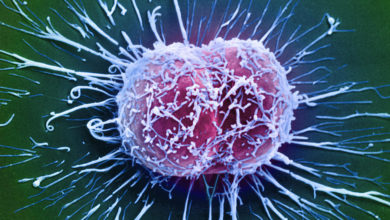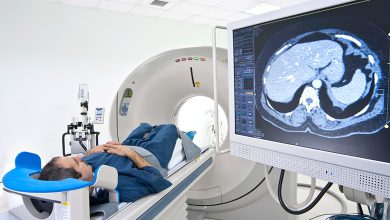Cerebellar astrocytoma (symptoms, treatment)
The content of the article
Astrocytoma affects the cells of the nervous system, astrocytes, which function to support the central nervous system. They also absorb excess chemicals produced by neurons and help the CNS protective barrier function.
Astrocytic tumors are divided into:
- astrocytoma of the cerebral hemispheres,
- cerebellar astrocytoma.
Let's take a closer look at a cancerous tumor in the cerebellum.
Cerebellar astrocytoma - what is it?
Cerebellar astrocytoma is a tumor that occurs in the lower back part of the brain, which is responsible for a person's balance and movement.
This disease occurs in 15-25% of children or adults aged 25 to 30 years. In other cases, the disease is rare. This type of tumor is benign, grows slowly and has almost no metastases, so the prognosis for these patients is good.
Symptoms of the disease
The growth of a tumor in the skull leads to swelling of the brain, which in turn causes pressure on important brain structures.
The main common symptoms are:
- Night and morning headaches ,
- Nausea, vomiting,
- Fatigue, exhaustion,
- Disorientation in space, confusion.
Less common signs are:
- Weakness and numbness in the arms or legs,
- Problems with pronunciation of words,
- Deterioration of vision, blurred images, double vision,
- Amnesia.
Diagnosis of the disease
Cancer can be diagnosed using imaging studies and intravenous contrast material.
Also, to recognize the disease, magnetic resonance imaging ( MRI ) is performed, which shows the location of the tumor. Additionally, computed tomography (CT) is used. Neurosurgeons use images obtained using MRI diagnostics during surgery to remove the entire tumor without affecting healthy surrounding tissue.
A biopsy is also performed to determine the type of tumor.
In some cases, if the development of metastases is suspected, a chest x-ray is taken.
How to treat this type of cancer?
Depending on the size of the tumor, there are three types of therapy:
- observation,
- surgery,
— chemotherapy.
During surveillance, growth is monitored with frequent MRI scans. If the tumor grows, it is completely removed surgically. After removal, a long remission or complete recovery is possible.
Chemotherapy is used for malignant tumors, as well as for incomplete removal of tumors. Radiation therapy is also provided if it is impossible to remove the tumor.
Small tumors are removed using steriotactic radiosurgery, in which a beam of radiation is directed at the cancer cells and avoids other tissues.
Each patient is unique and requires an individual approach to the treatment of the disease and the united work of several specialists: a neurosurgeon, neuropathologist, neuro-oncologist, radiation oncologist.
Please rate the article:





